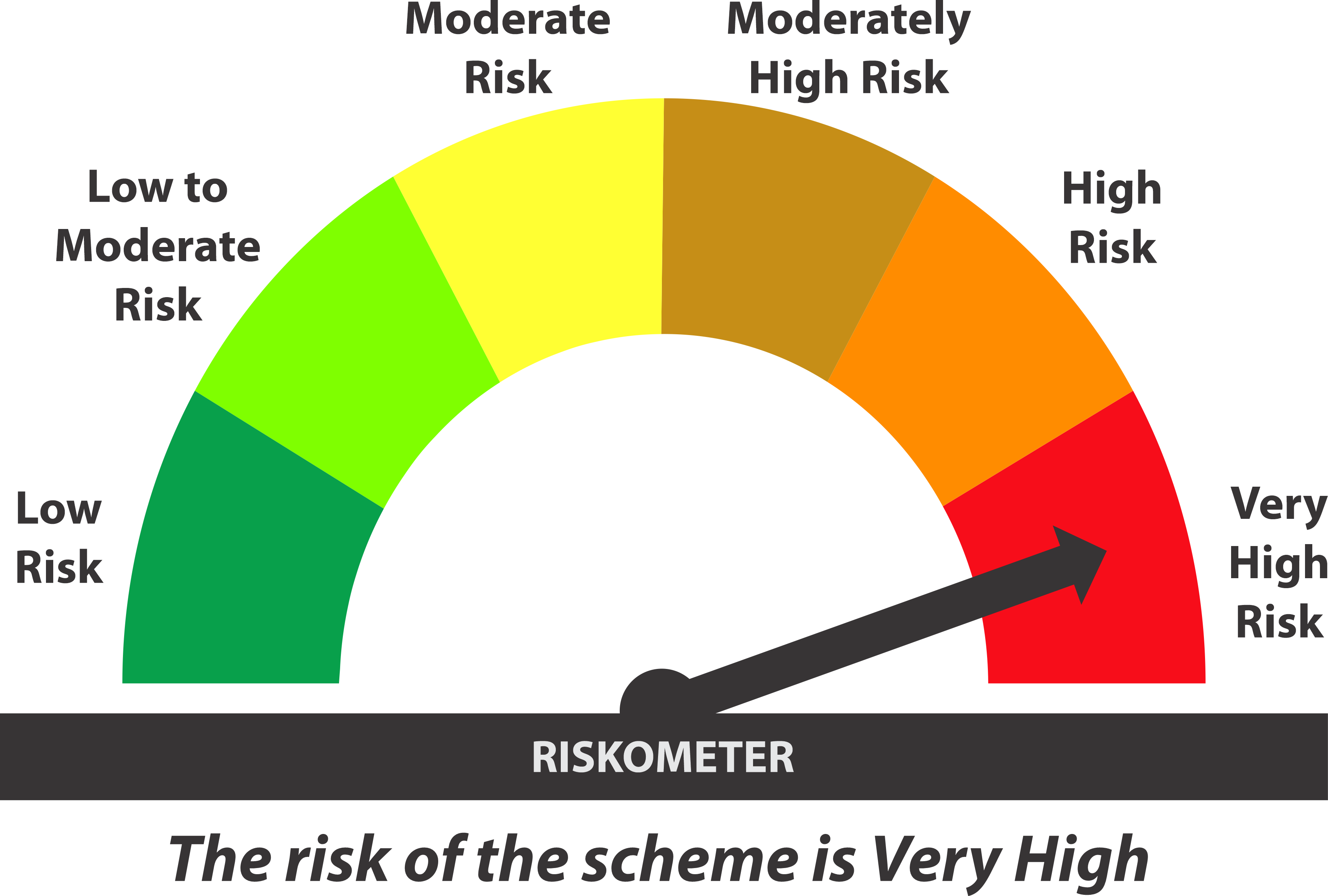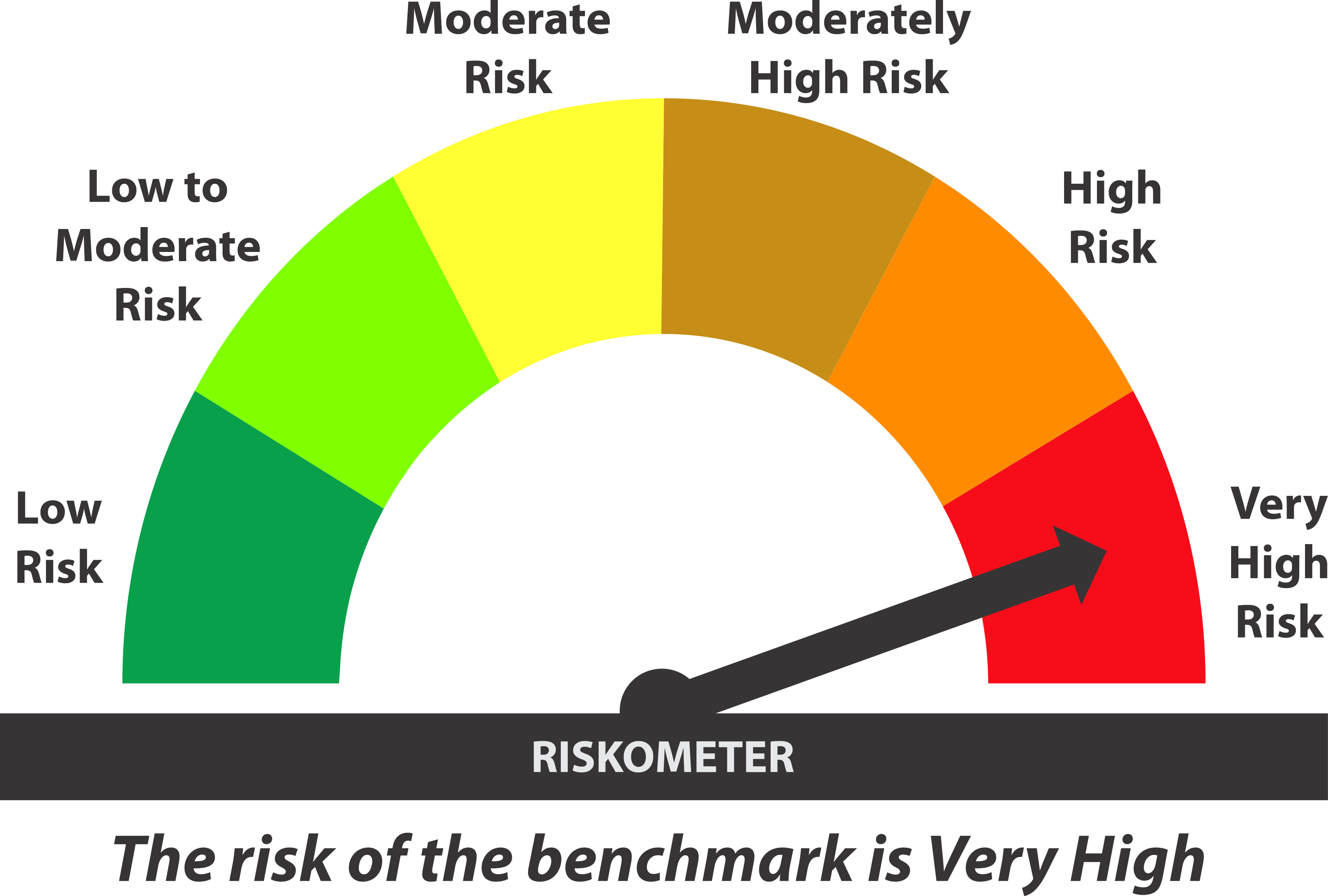The Tata Nifty 50 index fund is one of the passive investment options in India. Offered by Tata Mutual Fund, this scheme is available in two variants, namely, the direct plan and the regular plan. You can choose between these options based on your investment budget, goals and risk preferences.
Before you decide on whether or not to add this fund to your investment portfolio, it’s important to understand what the Nifty 50 index fund is, how it works, and what the benefits and risks are. So, let's take you through what this scheme is and discuss its benefits and limitations.
What is the Tata Nifty 50 Index Fund?
The Tata Nifty 50 index fund is a mutual fund scheme that is benchmarked against the Nifty 50 TRI (total return index). Launched in February 2003, this scheme has offered investors a passive way to invest in the NSE’s benchmark for over 22 years now. Since its inception, the direct plan variant has delivered a CAGR of 12.90% (as on 31st March 2025).
Investors often confuse the Nifty 50 index with the Nifty 50 TRI. While both indices track the same 50 companies, the main difference lies in how they measure the returns from these stocks. The Nifty 50 only factors in the price changes in the 50 constituent stocks. The Nifty 50 TRI or ‘total returns index’, however, factors in the price changes and the dividends earned, making it a more comprehensive benchmark to gauge fund performance.
The Tata Nifty 50 index fund is managed passively. This means that its fund managers do not actively decide which stocks to invest in and what proportions to assign to each. The benchmark influences these details. The fund managers primarily monitor the scheme and adjust it when the benchmark changes, so it accurately reflects the Nifty 50 index.
Key Features of the Tata Nifty 50 Index Fund
Check out the main characteristics of the Tata Nifty 50 index fund to understand how it is designed and check whether it is a suitable investment choice for you.
- Portfolio Composition:
This Nifty 50 index fund aims to invest in the same 50 stocks as the Nifty 50, and in the same proportion too. The scheme must invest at least 95% of its assets in these 50 securities. In addition to these stocks, the scheme may invest in other money market instruments as needed to ensure liquidity.
- Exposure to Varied Sectors:
This Nifty 50 mutual fund from Tata AMC gives investors exposure to various market sectors with a single investment. This is because the scheme mirrors the Nifty 50 index, which includes stocks from several sectors like financial services, information technology, automobiles, telecommunication and FMCG.
- Expense Ratio:
Both the direct plan variant and the regular plan variant of the Tata Nifty 50 index fund have low expense ratios. This is because they primarily follow a passive investment strategy. The nominal ratios ensure that the cost of investing does not reduce your overall returns significantly.
Risk Level:
Although it tracks the 50 most liquid stocks listed on the NSE, this Nifty 50 index fund still invests in the equity market. So, it carries a high level of risk linked to market movements and price volatility. It is best suited for investors seeking long-term investments rather than short-term price gains.
Benefits of Investing in the Tata Nifty 50 Index Fund
Passive investment options like the Tata Nifty 50 index fund offer various advantages to investors. They include:
- Exposure to India’s top 50 companies across many key sectors
- Lower expense ratios due to passive fund management
- Easy tracking due to transparent performance metrics
- Strong potential for long-term wealth creation
- No requirement for investors to research or pick individual stocks
Should You Invest in the Tata Nifty 50 Index Fund?
You may consider investing in this Nifty 50 mutual fund if:
- You want exposure to India’s top 50 blue-chip companies with a single investment
- You prefer a passive investment strategy that mirrors the broader market
- You are looking for a low-cost Nifty 50 mutual fund with minimal intervention from the management
- You believe in India’s long-term economic growth prospects and want to leverage this trend
- You want a simple and transparent investment option
- You are a first-time investor seeking a relatively stable way to enter the equity market
Scheme Details
| Scheme Name | Tata Nifty 50 Index Fund |
| Scheme Category | Other Schemes - Index Fund |
| Investment Objective | The investment objective of the Scheme is to reflect/mirror the market returns with a minimum tracking error. The scheme does not assure or guarantee any returns. |
| Type of Scheme | An open-ended equity scheme that tracks the Nifty 50 benchmark index |
| Fund Managers | Kapil Menon and Rakesh Indrajeet Prajapati |
| Benchmark | Nifty 50 TRI |
| Minimum Investment Amount | Minimum amount for lumpsum investments: ₹5,000 and in multiples of ₹1 thereafter |
| Entry Load | Not applicable |
| Exit Load | Exit Load: 0.25 % of the applicable NAV, if redeemed on or before 7 days from the date of allotment. |
| Product Label | Scheme Risk-O-Meter | Benchmark Risk-O-Meter |
|  |  |
| *Investors should consult their financial advisers if in doubt about whether the product is suitable for them | ||
Investors should consult their financial advisors if in doubt about whether the product is suitable for them. It may be noted that risk-o-meter specified above is based on internal assessment. The same shall be updated as per provision no. 17.4.1.i of SEBI Master Circular on Mutual Fund dated 27.06.2024, on Product labelling in mutual fund schemes on ongoing basis.
Conclusion
To sum it up, the Tata Nifty 50 index fund can be ideal for your portfolio if you are looking for ways to invest in the stock market passively. While it suits those who have a long-term view and are looking for a simple and low-cost way to gain exposure to India’s blue-chip companies, one must weigh the pros and cons and compare the fund’s risk-reward profile with their personal risk-reward preferences. This will help evaluate if the fund aligns with their financial goals.
*Mutual Fund investments are subject to market risks, read all scheme-related documents carefully.









